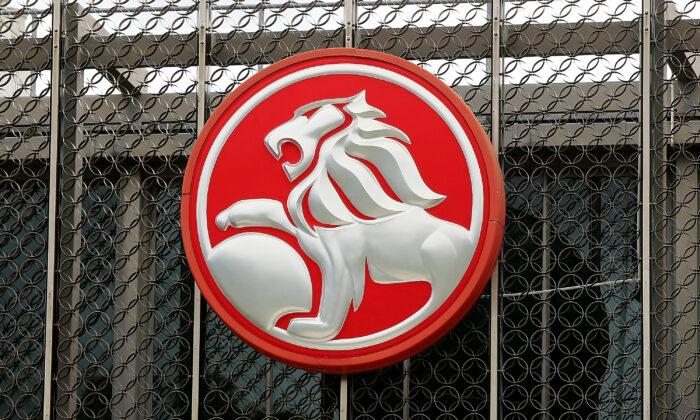The current Liberal-National Coalition government is faced with two competing electoral strategies ahead of a likely election in the early months of the new year.
They can continue with the “teal strategy” of pursuing inner-city seats by moving closer to the Greens party on climate policy, or they can return to the “heartland strategy” aimed at winning working-class seats from the Australian Labor Party in the regions and outer suburbs.
A teal strategy involves the Coalition focusing more on the concerns of affluent voters in inner-city seats who have expressed their desire for more “action on climate change.” This strategy aims to prevent the loss of seats like Kooyong in inner-city Melbourne, which is likely to increase their vote for the Greens or a “teal” independent.
On the other hand, the heartland strategy involves speaking directly to the people who are forced to pay for such “action on climate change.” These are the suburban, outer suburban, and regional voters who are more likely to work in the agriculture, mining, or manufacturing industries which will be shut down in the race to decarbonisation.
The experience of the past three elections demonstrates which strategy would be most beneficial.
In 2013, then-candidate for prime minister, Tony Abbott, led the Coalition to a historic victory under a heartland strategy, the cornerstone of which was a promise to repeal the carbon tax. The result was the most secure government majority seen in almost two decades, won from the opposition benches no less.
In 2016, the Coalition switched to a teal strategy under Malcolm Turnbull, and ended up haemorrhaging seats and barely retaining government. Current Prime Minister Scott Morrison’s apparent shift back towards a heartland strategy ahead of the 2019 election was the primary reason the Coalition was delivered a third term in power.
But since May 2019, Morrison has repivoted back towards a teal strategy demonstrated by his gradual inching towards adopting a net zero emissions target. In recent weeks, internal debate within the Coalition has become more public as politicians pick sides ahead of the Glasgow Climate Change Conference in November.
The tension within the Coalition was summarised well by Liberal MP Garth Hamilton who said, “Net-zero won’t reduce the number of baristas in Melbourne, but it has already reduced the number of miners in Oakey. This is not a theoretical issue for us.”
Our research highlighted precisely why the debate between the teal and the heartland strategists would become more potent as the next election approached.
The Coalition holds 12 of the 20 electorates with the fewest jobs put at risk from a net-zero target, but it also holds 17 of the top 20 seats, which are most at risk. Thus, the Coalition’s current voter base includes both those who will be harmed most and least by the adoption of a net-zero emissions target.
As Nationals Senator Bridget McKenzie wrote in the Australian Financial Review in late September, “It is easy for the member for Kooyong or the member for Wentworth to publicly embrace a net-zero target before the government has a position, because there would be next to zero real impact on the way of life of their affluent constituents.”
Settling this divide, and choosing one strategy or the other, will be key to unifying the Coalition before the next election. Currently, it appears that the prime minister thinks that he can have his cake and eat it too.
Earlier this year Scott Morrison tried to bridge the gap between competing voter bases when he said that Australia would “not achieve net-zero [emissions] in the cafes, dinner parties and wine bars of our inner cities,” but in places like the “Pilbara, the Hunter, Gladstone, Portland, Whyalla, Bell Bay, the Riverina. In the factories of our regional towns and outer suburbs.”
But it was telling that he said this to a teal audience at a Sydney dinner party rather than to a heartland audience at a Gladstone pub.
There is something deeper at stake than the Coalition remaining in government, and that is whether mainstream Australians will have a voice in the houses of Parliament in Canberra.
The 2019 election showed that the realignment which occurred across the West, where working-class and lower socio-economic voters flocked to right-of-centre parties, is underway in Australia too.
Blue collar workers, those who have not been to university, and lower income earners are increasingly turning their backs on the Australian Labor Party (the former worker’s party) that has become obsessed with identity politics and climate alarmism.
Electorates such as Hunter in regional New South Wales, Blair in outer-metropolitan Brisbane, and Paterson north of Newcastle are the kinds of working-class electorates that swung towards the Coalition at the last election and are attainable under a heartland strategy.
These voters seek a party that will speak to their concerns and focus on the issues that affect their day-to-day lives, like housing affordability, job opportunities, and energy security, rather than the flights of fantasy that too often occupy the detached political elite.
The Coalition must decide if it will speak for these mainstream Australians. If it doesn’t, there is a risk that no one else will.





